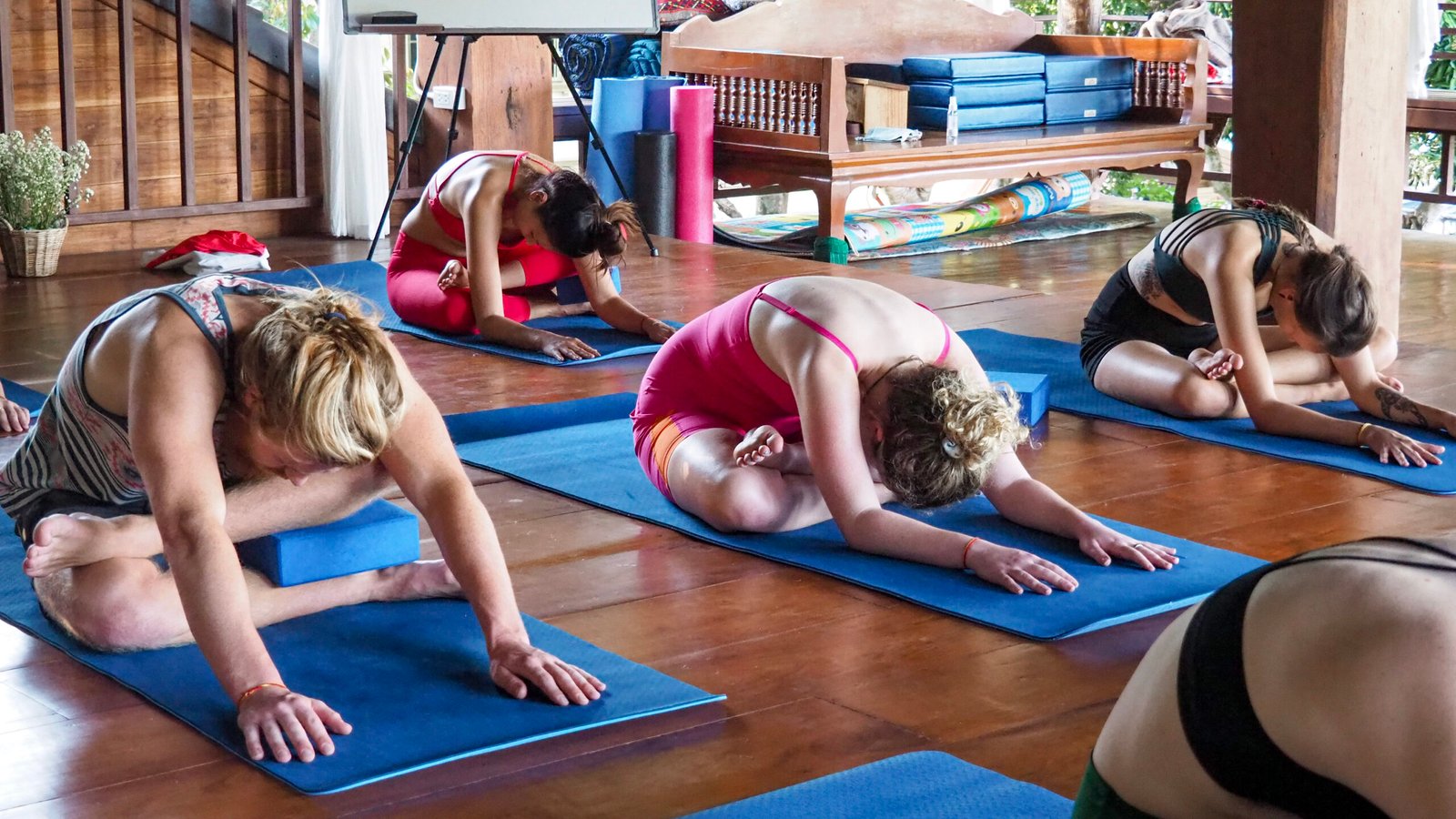It is a known fact, that yoga deals with the mind and the body. Moreover, it never works in isolation. You can improve upon chronic pain with the help of asanas. It reduces inflammation and also improves flexibility, if done in the right manner. Yoga is the practice of the science of life. You will come across three main aspects of yoga on a daily basis. They are postures, breathing exercises, and meditation. It has been known to help patients with arthritic pain, chronic pain, and in healing various body parts.
You will read about the yoga poses that can help with back pain. Always remember to practice a few asanas or postures together to get maximum benefits. 45-60 minutes sessions are the norm. However, you can also practice in short bursts of 15 minutes for quick remedies in pain management.
Bhujangasana
This asana is quite famous as the Cobra pose. It helps you stretch to the core. Moreover, the quick release mechanism can help you ease the pain as fast as possible.
You can perform it quite easily, without much practice. You have to lie on your stomach and rest your toes flat on the ground. In the next step, you have to keep your arms bent at the elbows and place the palms on the ground. Support your torso with your palms and lift the torso, chest, and head up from the floor. While doing so, your belly should be in contact with the floor. You have to curve your spine as much as possible. Hold the position for 20-25 seconds. After the said time has elapsed, you have to get back to the normal position with the torso, chest, and abdomen back on the floor. You can repeat this four to five times. Continue to breathe deeply while performing the asana.
It relieves all the pain from the back, as well as the shoulder and neck. Additionally, it gives the body great flexibility. If you are suffering from asthma, it can help you. However, stretch as much as you can manage. Do not overdo it.
Dhanurasana
When you practice this pose, your body resembles an arched bow, ready to let go of the arrow. That is why westerners call it the bow pose. You need some flexibility to perform this asana. The main focus should be on the spine and back while you perform this asana.
In this asana, you have to lie on your stomach. Your feet should be stretched outwards straight. Initially, the hands should be by your sides. Slowly bend the legs from the knees, and try to catch your ankles with your arms. Pull yourself up from the floor, both ways, i.e., from the back and front side. Your navel should be the only part touching the ground. You should hold this position for 20 seconds. Slowly release your ankles, and take back your legs and arms to the original position. Relax.
It is very effective in the removal of back pain. Moreover, it also heals menstrual cramps and strengthens the abdominal muscles. In the beginning, if you have problems, holding your ankles with your hands, you can use a hanky or cloth tied to the ankles.
Ardha Chakrasana
Ardha Chakrasana is better known as the half-wheel pose. And, it is a standing pose. It prepares the body for the actual Chakrasana and also provides relief from pain.
You can practice this pose easily without much difficulty. You have to stand with your feet together. The arms should be raised upwards. Additionally, you can also keep both hands on your hip. Bend backward slowly. When you bend the body backward, you have to make sure not to bend your knees. Breathe normally while performing the asana. Hold the bent posture for a few seconds, say around 10. While exhaling, come back to your original position. Repeat the asana 4-5 times for maximum benefits.
The asana helps the back and spine muscles in numerous ways. It also stimulates the abdominal muscles, while boosting your respiratory and heart health. It can also relieve menstrual pain. You can practice this anywhere, so it is one of the most convenient asanas.
Shalabhasana
You have another asana here for you, that promises to help you with back pain treatment. Some people also call it the locust pose in the western world. You can practice this asana to gain respite from back and spine-related issues.
It is one of the asanas, that beginners can also perform. You have to lie on your stomach, with your arms by your sides. Additionally, your palms have to face downwards, and you have to tuck them under your thighs a bit. The chin should be resting on the floor, with your legs out-stretched backward with toes pointing outside. While exhaling, you need to raise one leg to a comfortable level, while keeping the other on the ground. Hold the position for 4-5 seconds. While coming back to the original position, you have to inhale. Repeat the same with the opposite leg. After, this round, you can start practicing with both legs.
The benefits of Shalabhasana are immense. It strengthens your pelvic region and back. Additionally, it also provides relief from sciatica. The strength of the spine also gets a boost. However, you should refrain from the practice in pregnancy.
Makarasana
Another yoga asana that can aid you in alleviating your back pain, is Makarasana. It is a purely restorative process. Some people will also refer to it, as the crocodile pose. You can strengthen your entire nervous system, apart from your back. Even a beginner can perform this asana with ease.
You need to lie on your stomach, to perform the asana. Thereafter, you need to bend the legs sidewise, with the toes sticking outwards. You can bring both hands in front, fold them, and rest your chin or put your head down. Hold the position for a few seconds. Breathe deeply while performing this asana. You can do the asana in various ways according to your comfort levels.
This will release the tension from your back. You can also get relief from stress. The only caution is that, you need to refrain from doing this, if you are expecting.
Always practice asanas on an empty stomach, or after a gap of 2 hours, preceding your lunch or dinner. Try out these poses to alleviate your back pain today.









